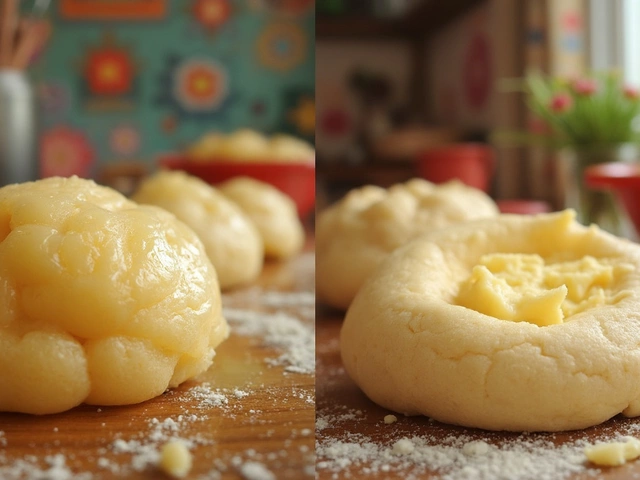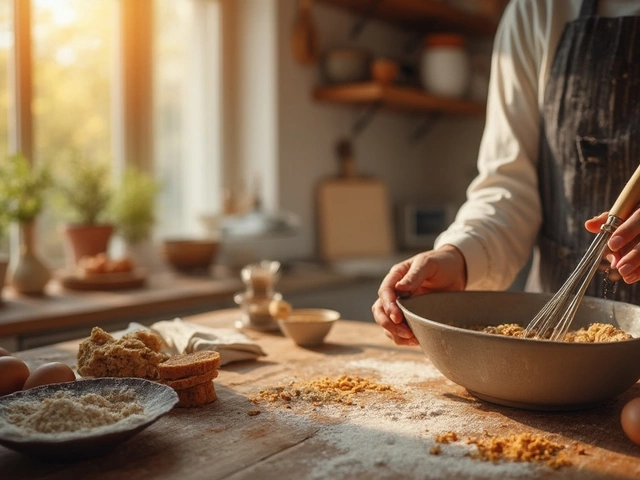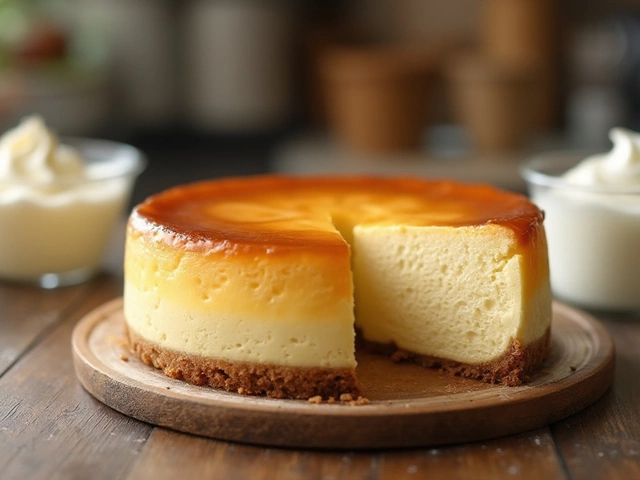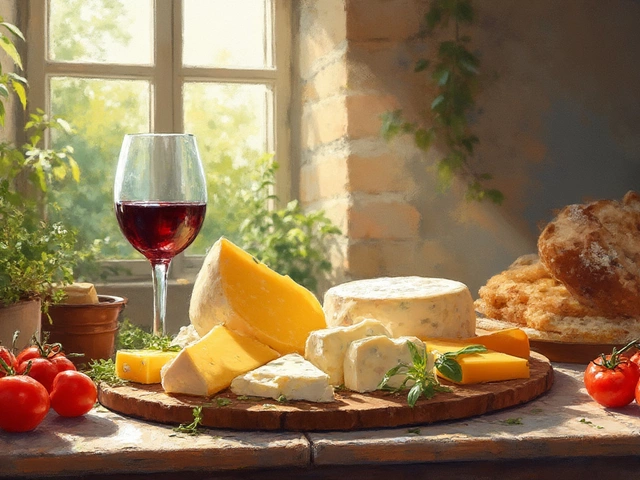Egg Whites: Simple Tips, Tricks & Uses for Perfect Baking
If you’ve ever wondered why recipes call for egg whites, you’re not alone. They’re the light, airy part of the egg that can turn a plain batter into a fluffy cake or a glossy meringue. The good news? Working with egg whites is easy once you know a few basics.
How to Beat Egg Whites to Perfection
First, make sure your bowl and whisk are completely clean. Even a tiny drop of oil or a speck of yolk will stop the whites from forming peaks. Use a stainless steel or glass bowl – plastic can hold residues.
Start slow. Turn the mixer on low and add a pinch of cream of tartar or a few drops of lemon juice. That little acid helps stabilize the bubbles. After the whites look frothy, crank the speed up to medium. You’ll see soft peaks form in about a minute.
Soft peaks bend when you lift the whisk. For meringues or soufflés, you need firm peaks that stand straight up. Keep mixing, watching the whites get glossy and thick. Add sugar gradually if you’re making a sweet meringue – sprinkle it in a thin stream, not all at once.
Don’t over‑mix. If you see the whites turning grainy or starting to separate, stop. Over‑beaten whites become dry and can’t hold air, which means flat cakes or crumbly toppings.
Storing and Substituting Egg Whites
Got extra whites? Store them in a sealed container in the fridge for up to two days. If you need to keep them longer, pour the whites into an ice‑cube tray and freeze. Thaw in the fridge before using, then give them a quick whisk to bring back the fluid texture.
Need a vegetarian or vegan swap? Aquafaba – the liquid from canned chickpeas – works surprisingly well. Use 3 tablespoons of aquafaba for each egg white. It won’t taste bean‑y, but the texture is close enough for most recipes.
When you’re short on time, you can also buy pasteurized liquid egg whites. They’re ready to pour, no cracking required, and stay fresh for weeks in the fridge. Just give the container a gentle shake before measuring.
Safety tip: raw egg whites can carry salmonella. If you’re serving kids, the elderly, or anyone with a weakened immune system, bake the whites fully or use pasteurized products.
Now you have a quick cheat‑sheet for beating, storing, and swapping egg whites. Next time a recipe asks for them, you’ll know exactly what to do and why they matter. Happy baking!
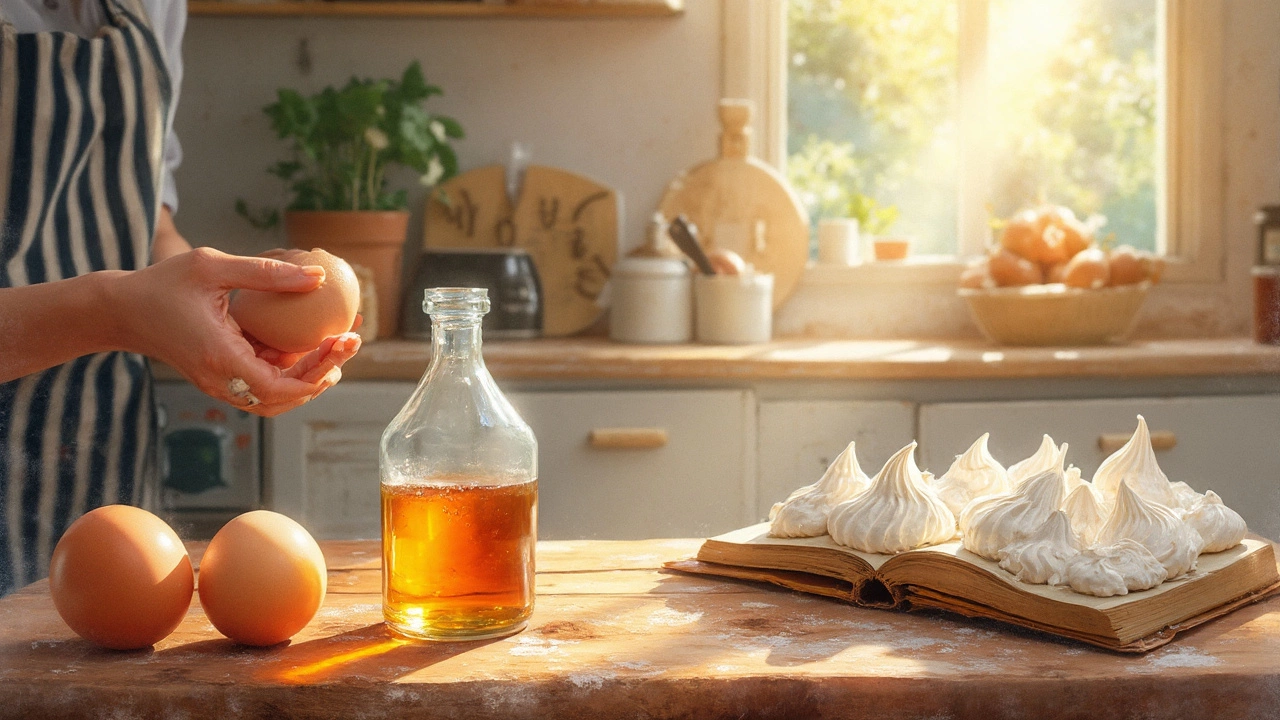
Why Vinegar is Essential in Pavlova Recipes
Vinegar might sound like an odd ingredient for a delicate dessert like pavlova, but it plays a crucial role in achieving the perfect texture. It stabilizes the egg whites, creating a firm structure that helps the pavlova maintain its shape and signature crispness. This article explores why vinegar is essential, touching on its role in balancing flavors and improving the dessert's overall texture. Discover tips and tricks to achieve a flawless pavlova every time.
View More

